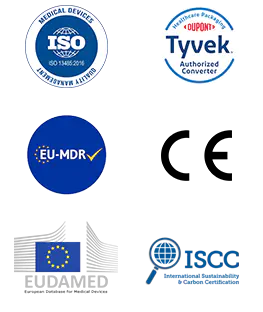Content
1. Core role: two-way protective barrier
- Protect patients
Isolate pollutants: prevent saliva, blood or old patient residues on dental instruments (such as drills and probes) from contacting patient skin/clothing, reducing the risk of cross infection.
Block splashes: intercept aerosols, debris, and cooling water mist generated during treatment (especially when high-speed mobile phones are working, the spray distance can reach 1.5 meters).
Psychological comfort: avoid the discomfort caused by patients seeing their own saliva/blood.
- Protect medical staff
Block body fluid transmission: reduce the probability of patient saliva and blood splashing onto doctor's work clothes (studies show that using bibs can reduce contamination by 72%).
Simplify the disinfection process: disposable after one-time use, saving the time and cost of repeated disinfection of cloth bibs.
2. Why is it essential for dental treatment?
- Infection control compliance
Mandatory standards: Comply with WHO oral infection prevention and control guidelines and national regulations (such as China's "Technical Specifications for Disinfection and Sterilization of Oral Instruments"), which is a must-check item for hospital infection inspections.
High-risk operation requirements: More than 90% of operations in dental treatment will produce droplets (such as cleaning and preparing teeth), and bibs are the basic protective layer.
- Professionalism of materials and design
Waterproof PE/PP film: 0.03mm thickness can completely block liquid penetration (ordinary paper towels break in 3 seconds when exposed to water).
Three-dimensional folding structure: The neck groove design collects liquid to prevent it from flowing to the patient's back.
Non-woven lining: The side that contacts the skin is soft and breathable to avoid allergies (those who are sensitive to latex/dye can choose non-additive models).
3. Irreplaceability in special scenarios
- Infectious disease prevention and control
In the diagnosis and treatment of patients with blood-borne diseases such as hepatitis and HIV, bibs are the first line of defense to prevent the spread of pollutants.
After the COVID-19 pandemic, the US ADA recommends that each patient change bibs + treatment towels.
- Essential for children's dentistry
Children are active and spit frequently, so bibs can avoid parental complaints caused by clothing contamination (accounting for 27% of pediatric dentist disputes).
4. How to use it correctly?
Check before wearing: Make sure the packaging is intact and not damaged;
Fixation skills:
Hang the top buckle on the patient's collar;
Unfold the lower part to cover the entire chest (adult size is usually 35×45cm);
Replacement time: Change it for each patient. If there is serious contamination during the operation, it needs to be replaced immediately.
5. FAQ for disposable dental bibs: Professional use guide and frequently asked questions
Q1: Can dental bibs really prevent infection?
A1: Yes, clinical studies have confirmed that:
It can block more than 95% of saliva/blood splashes (Journal of Oral Infection Control 2022)
Reduce the risk of cross-infection of hepatitis B virus (HBV) by 89% (patient seat contamination detection data after use)
But it needs to be combined with other protection (masks, gloves) to form a complete barrier
Q2: Why can't it be reused?
A2:
Material properties: PE/PP film will expand its micropores after cleaning and lose its waterproofness
Hygiene standards: GB 15982-2012 stipulates that items that come into contact with damaged mucous membranes must be used once
Q3: What are the tips for children to wear?
Three-step method:
Choose a small bib (25×30cm)
Wear it in reverse (the smooth side is against the skin to prevent friction and crying)
Use cartoon stickers to divert attention (clinical effectiveness 92%)
Q4: What should I do if I encounter heavy bleeding?
Emergency plan:
Immediately put on a second bib (thick type is recommended)
Raise the frequency of quick replacement to every 5 minutes
Use with a strong saliva suction device (reduce 60% of liquid contact)

 English
English Français
Français Deutsch
Deutsch Nederlands
Nederlands

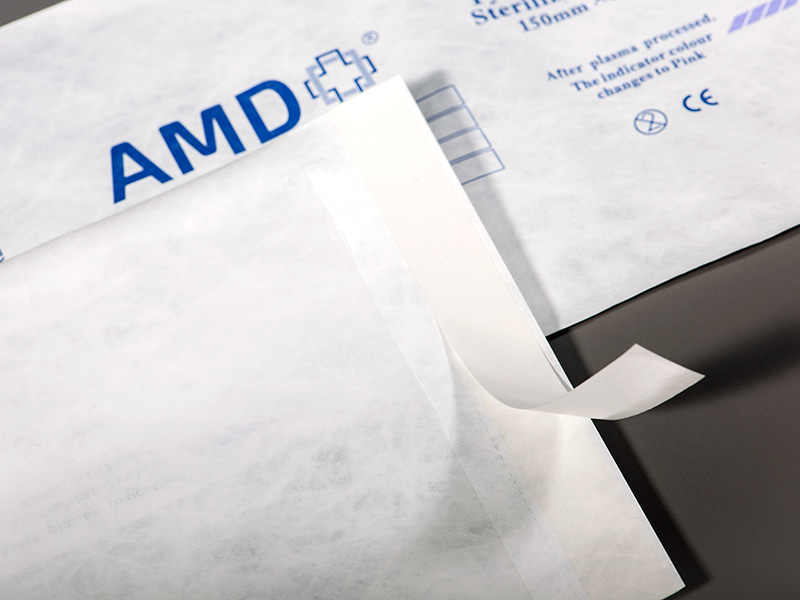
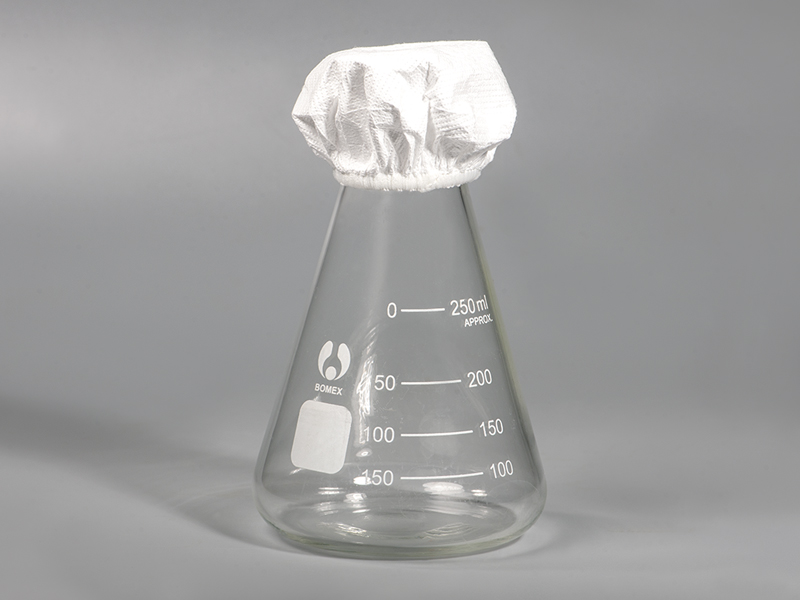



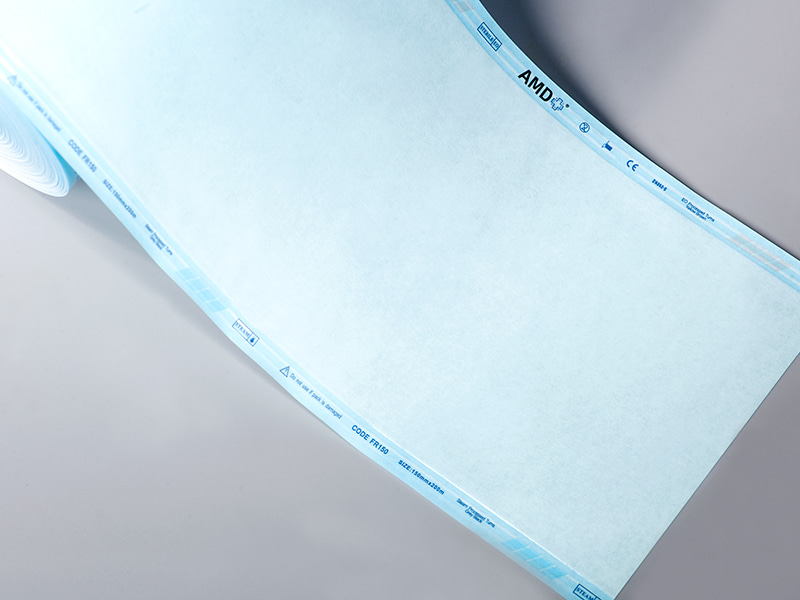
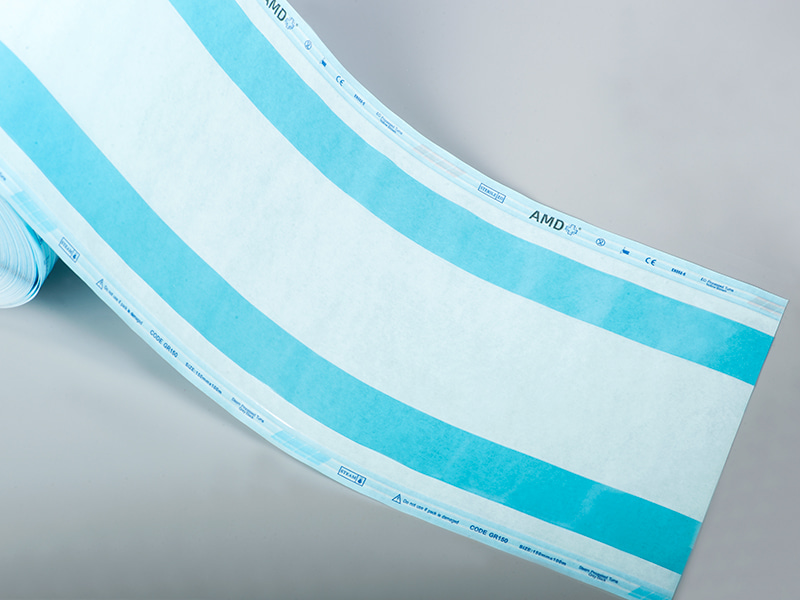
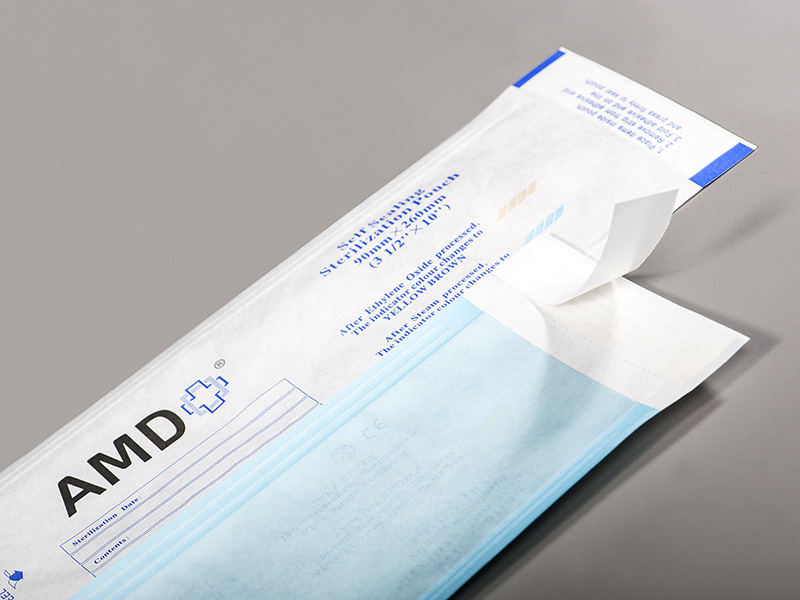
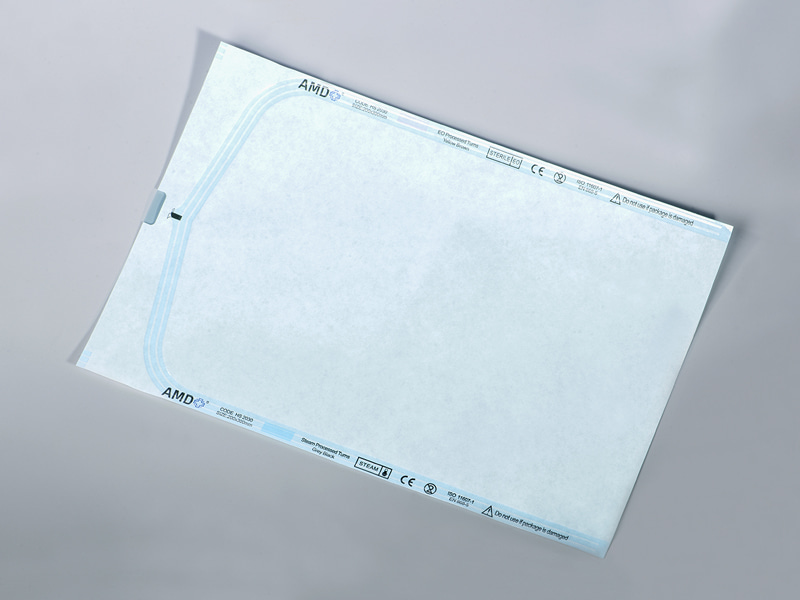

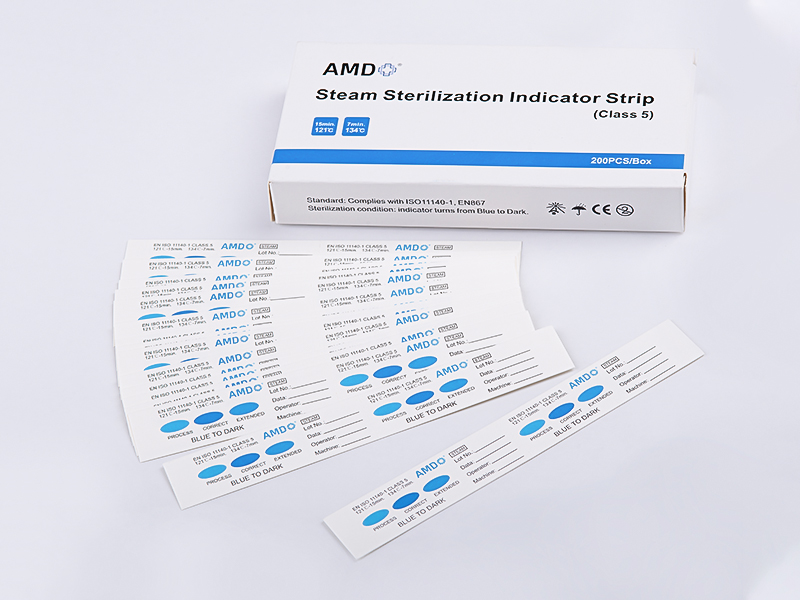

 ‘s-Gravenweg 542, 3065SG RotterdamThe Netherlands
‘s-Gravenweg 542, 3065SG RotterdamThe Netherlands
 +31 (0)10 254 28 08
+31 (0)10 254 28 08
